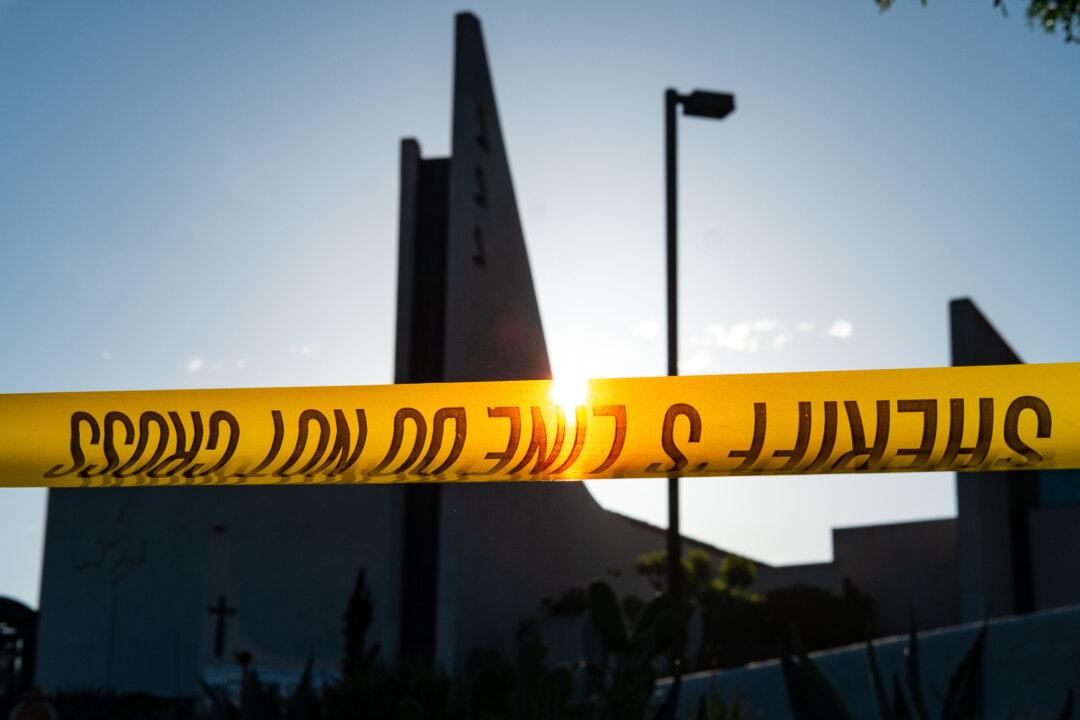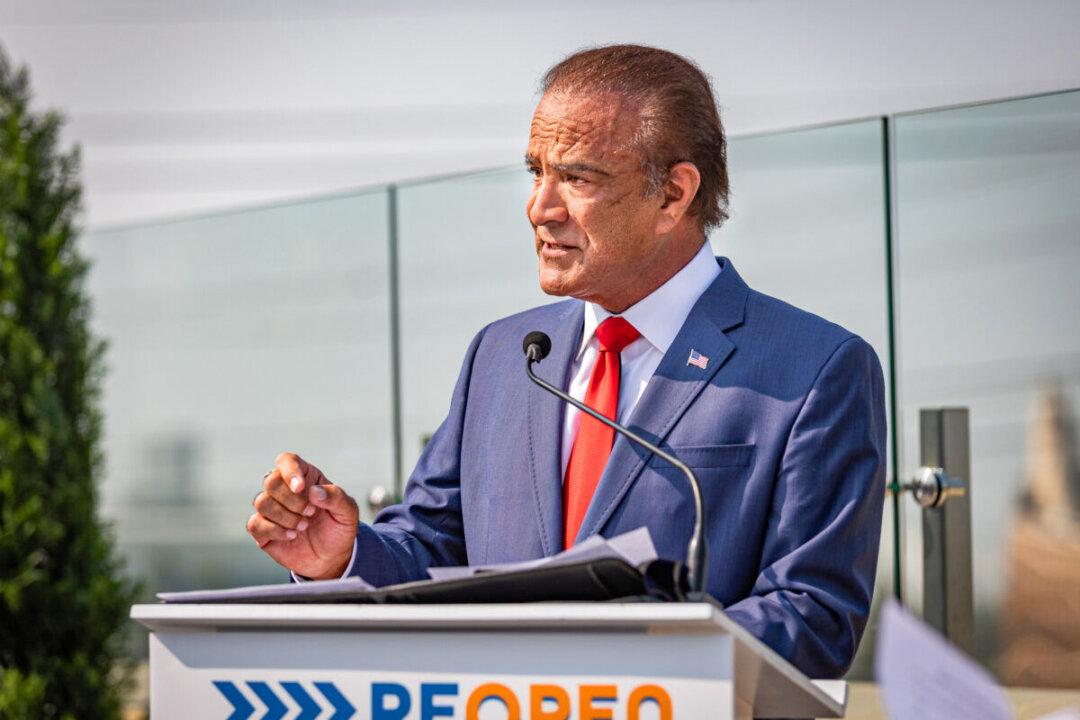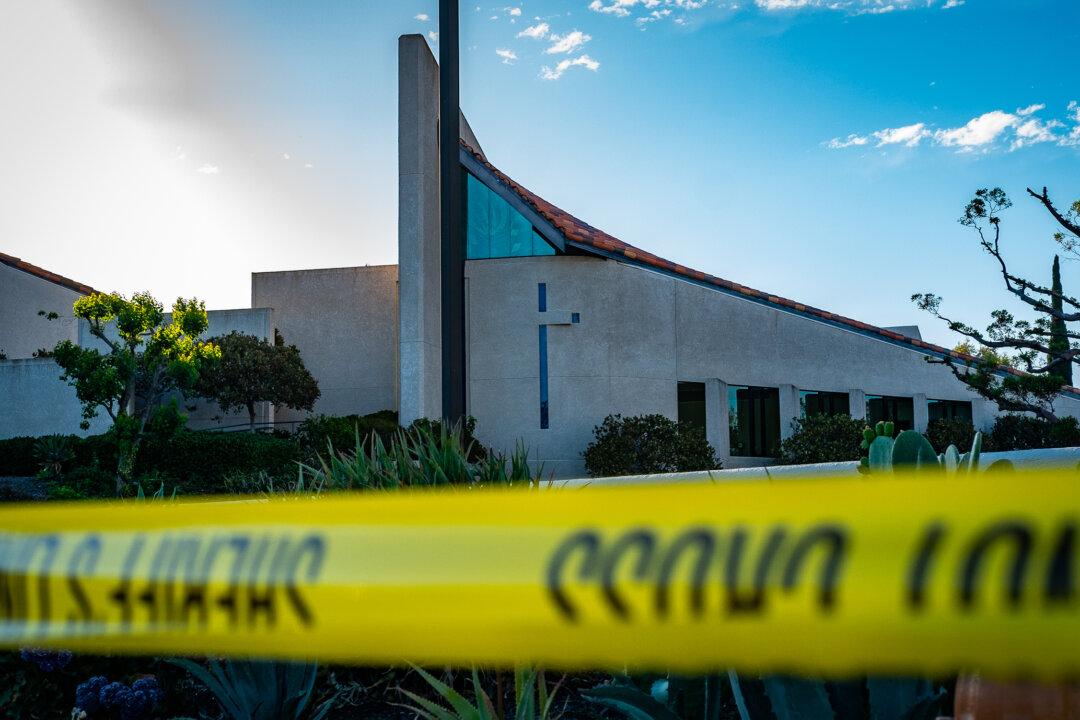State Assemblymember James Ramos (D-Highland) has introduced a proposal that would create a pilot program to teach participants—such as mothers, fathers, and friends, for example—how to administer the lifesaving treatment naloxone during an opioid overdose.
“The loved ones of those who have fallen to fentanyl want to know we are doing all we can to end this plague,” Ramos said in a statement about Assembly Bill 1627. “Families repeatedly told me we must do all we can to prevent fentanyl sales that are made easier through social media and to stop deaths from fentanyl overdoses.”




